- Home
- slideshows
- miscellaneous
- 10 of the coolest things in space that you had no idea existed
10 of the coolest things in space that you had no idea existed
There's a giant space cloud that might smell like rum.

Scientists have found a planet that might be made of solid diamond.
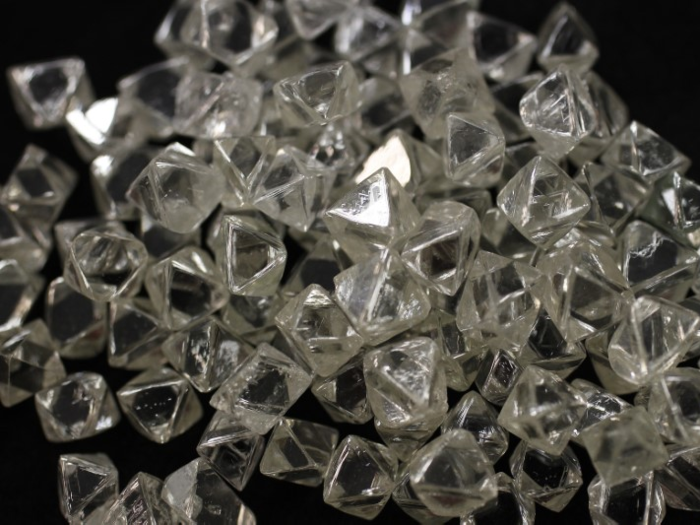
In 2017, an international research team of astronomers discovered what may be a planet made of solid diamond.
Pulsars are tiny, dead neutron stars that are only around 12.4 miles (20 kilometers) in diameter and spin hundreds of times a second while emitting beams of radiation.
This planet is paired with pulsar PSR J1719-1438 and scientists think it is entirely made of carbon so dense that it must be crystalline, meaning a large part of the world would be diamond. Incredibly, the planet "orbits its star every two hours and 10 minutes, has slightly more mass than Jupiter but is 20 times as dense," according to Reuters.
There's also a planet that's made completely of ice – but it's on fire.
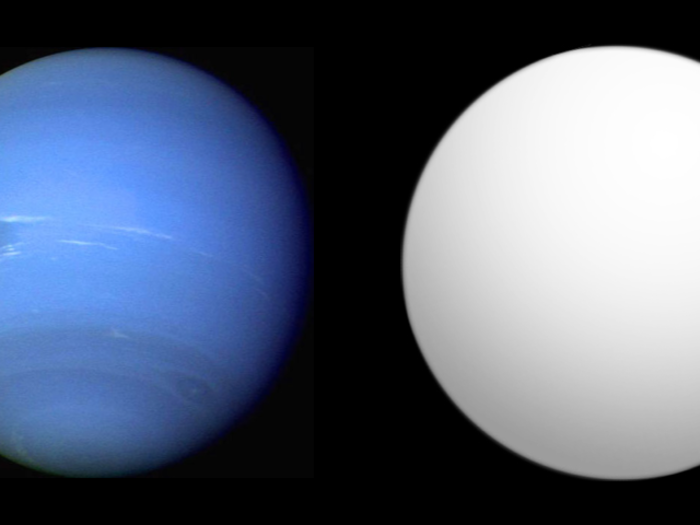
Gliese 436b is a bit of a paradox. The faraway exoplanet is made mostly out of ice. But strangely, this ice appears to be on fire.
The surface of Gliese 436b is a searing 822 degrees Fahrenheit (439 degrees Celsius), but the planet's icy landscape stays frozen due to the immense gravitational force exerted by the planet's core. This force keeps the ice much denser than the ice we're familiar with here on Earth and is thought to even compress any water vapor that might evaporate.
The Black Widow Pulsar consumes its companion.
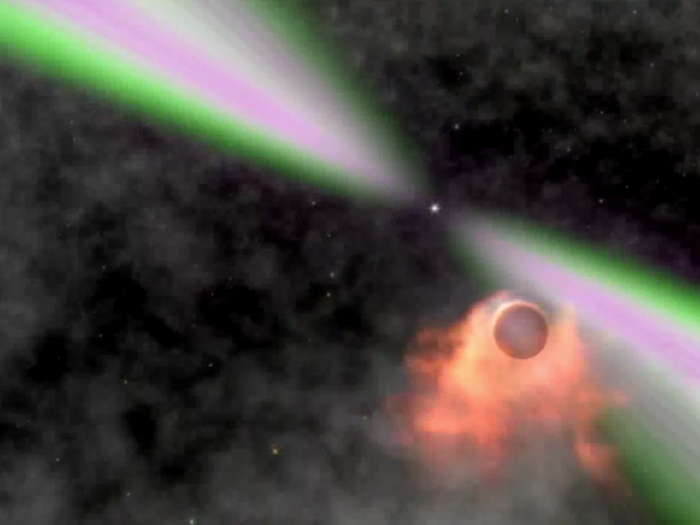
The Black Widow Pulsar — or Pulsar J1311-3430, as it's known in astronomical circles – is a type of neutron star that's slowly blasting its companion star with radiation, according to the American Astronomical Society. The more material the pulsar blasts off of that star, the slower it spins. The energy lost by the pulsar as it slows can blast its companion, causing it to evaporate.
Astronomers have discovered a rogue planet that drifts across the universe alone.
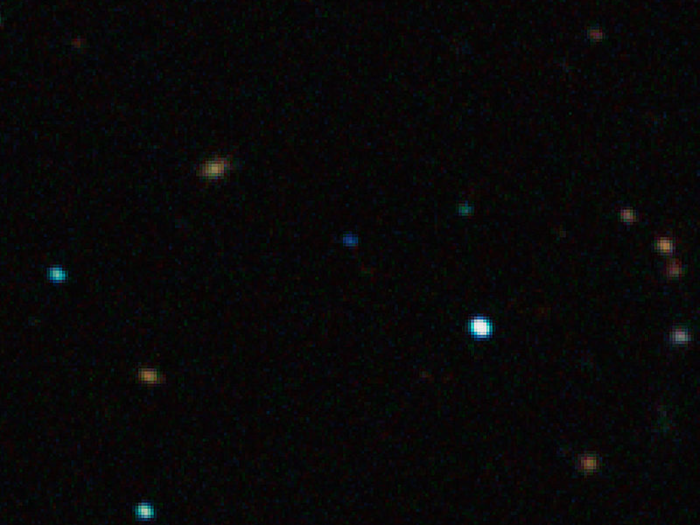
The discovery of "rogue planet" CFBDSIR2149 in 2012 had the scientific community buzzing.
That's because the planets we're most familiar with orbit a star. CFBDSIR2149, however, appears to be drifting across space without a star. The planet is about seven times more massive than Jupiter.
Astronomers think there are probably billions of rogue planets – in fact, they believe that they likely outnumber planets with suns.
There's a planet where it rains razor-sharp glass sideways.
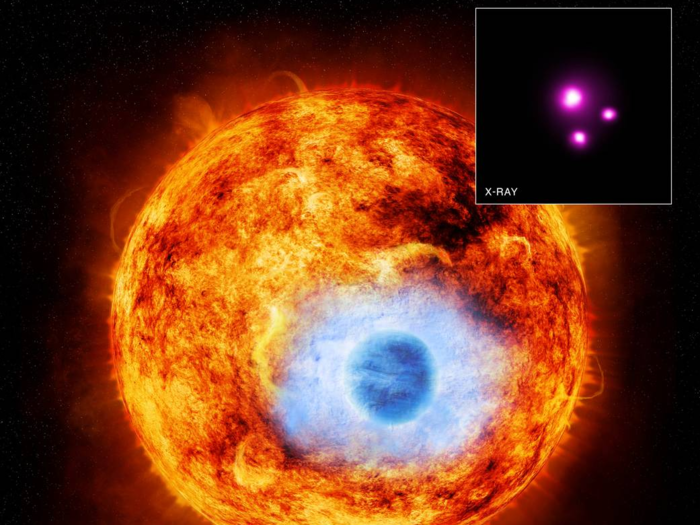
The pretty blue hue of exoplanet HD 189733 b conceals the planet's brutal environment.
According to NASA, if you were to stroll on the surface of this world, you'd be subjected to winds of up to 5,400 mph. That's about seven times the speed of sound. Worse, the rain on this planet is thought to be made of jagged glass and to sweep sideways across the surface.
Scientists have discovered a bunch of potentially habitable planets.
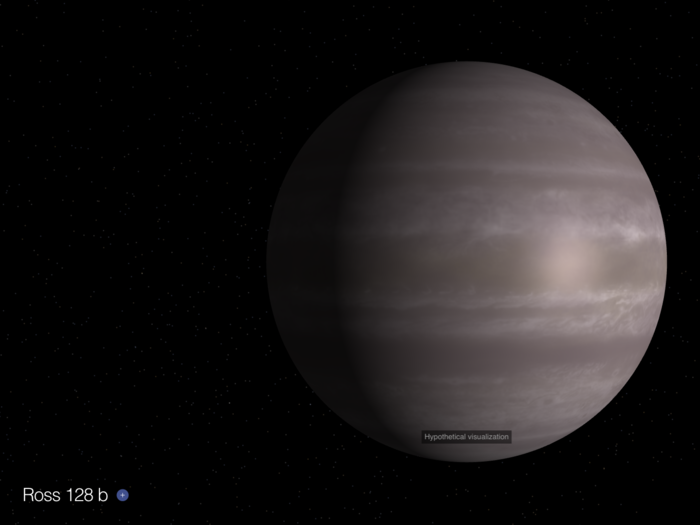
Astronomers have identified over 40 other planets that might be Earth-like, meaning they have conditions that could potentially be favorable to alien life.
One of the most recent and promising discoveries came in 2017 when the European Southern Observatory identified Ross-128b, an exoplanet 11 light years away from us.
This planet is thought to have a rocky landscape and a temperature range that could allow liquid water to exist on its surface. An entire year on Ross-128b only lasts about 10 days.
Real shooting stars exist.
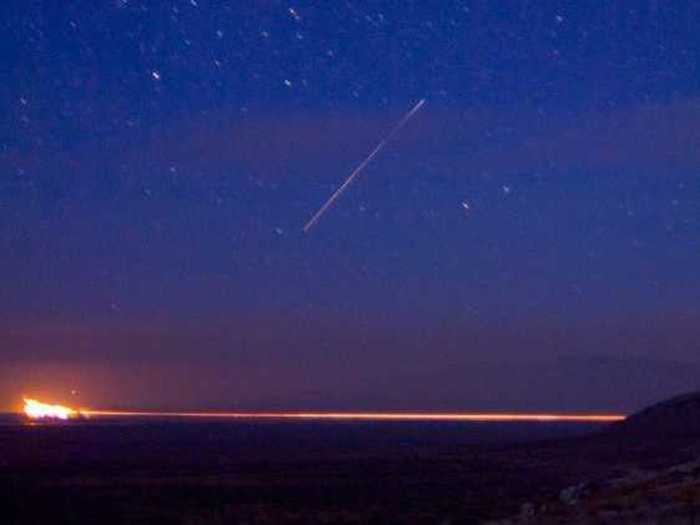
You probably know that the "shooting stars" we see streak across our night sky are actually meteors burning up in Earth's atmosphere. It turns out, however, that some stars do actually hurtle across space.
These hypervelocity stars were discovered by astronomers in 2005. They're thought to form when a binary star system – a system with two stars – gets destroyed by a supermassive black hole. One of the stars in the system is usually consumed by the black hole, while the other is sent flying across space at a rate of millions of miles per hour.
There are 100 mirrors sitting on the surface of the moon.
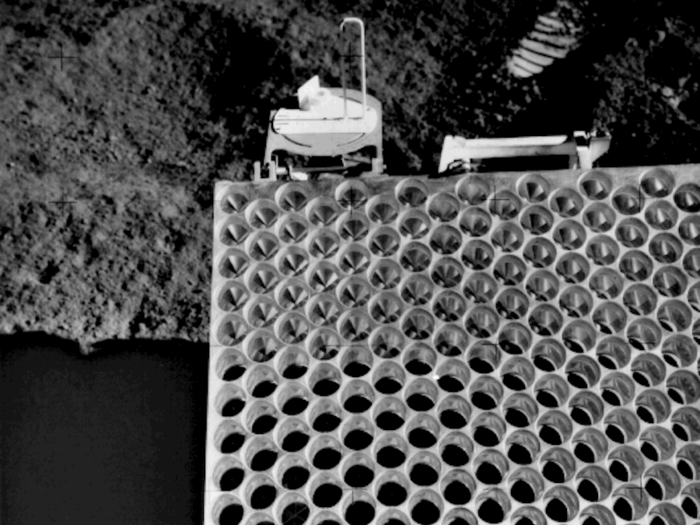
Most people don't know that astronauts Buzz Aldrin and Neil Armstrong left a curious souvenir behind on the lunar surface after their 1969 Apollo mission.
The space explorers deposited a 2-foot-wide panel covered in 100 mirrors onto the surface of the moon. Astronomers today still use this panel to calculate the distance from the moon to the Earth by reflecting laser pulses in the mirrors. It's the only experiment from the Apollo missions still running.
The biggest water supply in the universe is floating around a black hole.
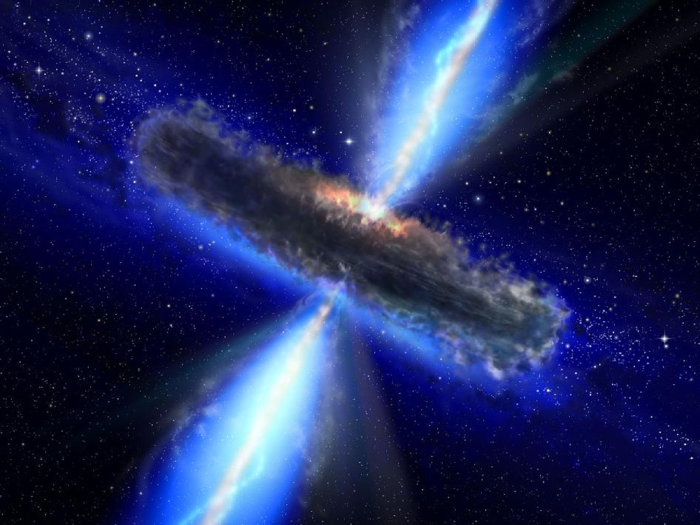
Water is essential to human life, and there's no place in the universe with more of it than the APM 08279+5255 quasar. Quasars, by definition, are very compact objects with a star-like appearance and incredible luminosity. They are thought to be powered by supermassive black holes.
This quasar, in particular, contains a black hole surrounded by a vapor cloud that contains 140 trillion times the amount of water on Earth. It's the biggest reservoir of water ever discovered. Due to the way light travels through space, scientists theorize that this watery cloud formed only 1.6 billion years after the universe itself.
Visit INSIDER's homepage for more.
Popular Right Now
Popular Keywords
Advertisement